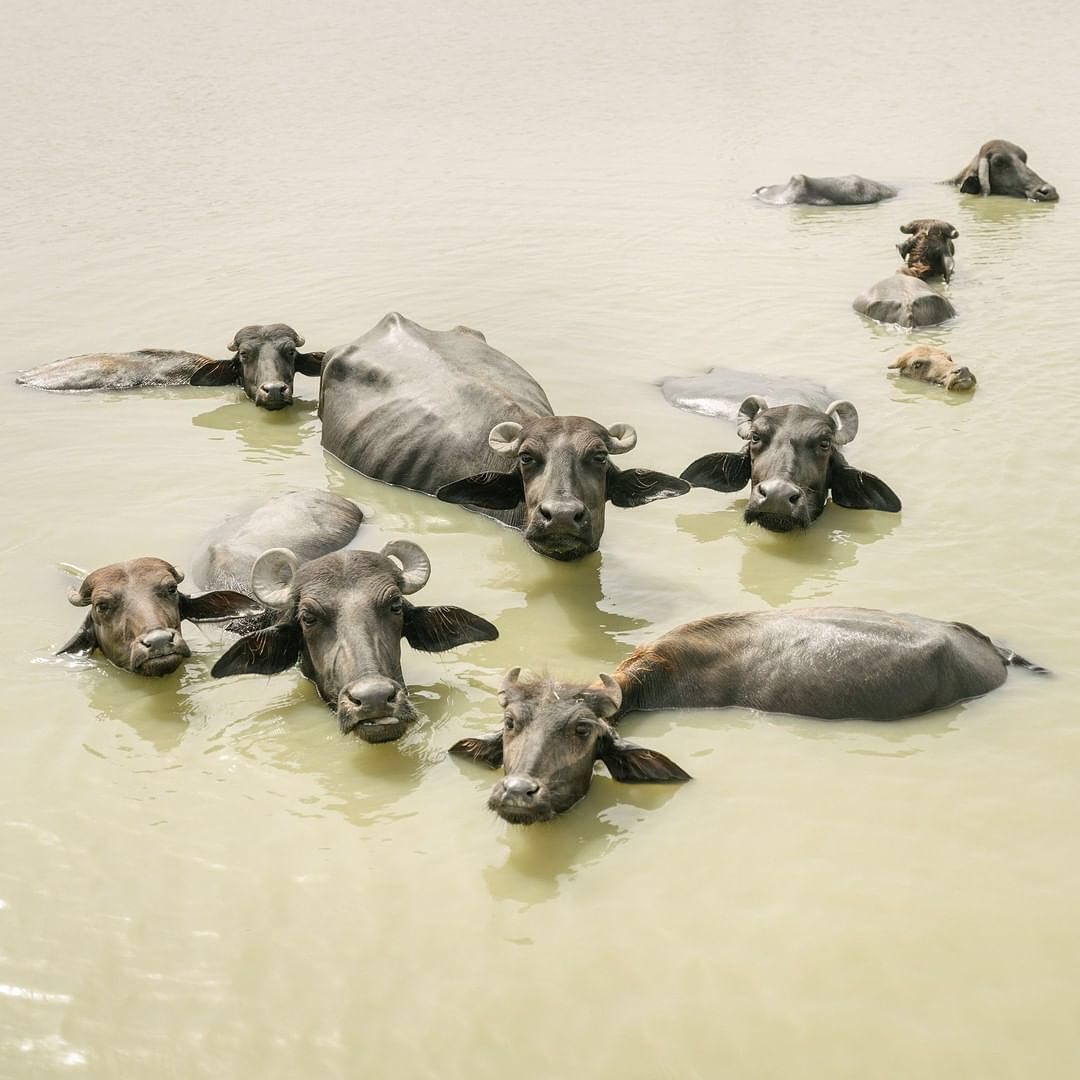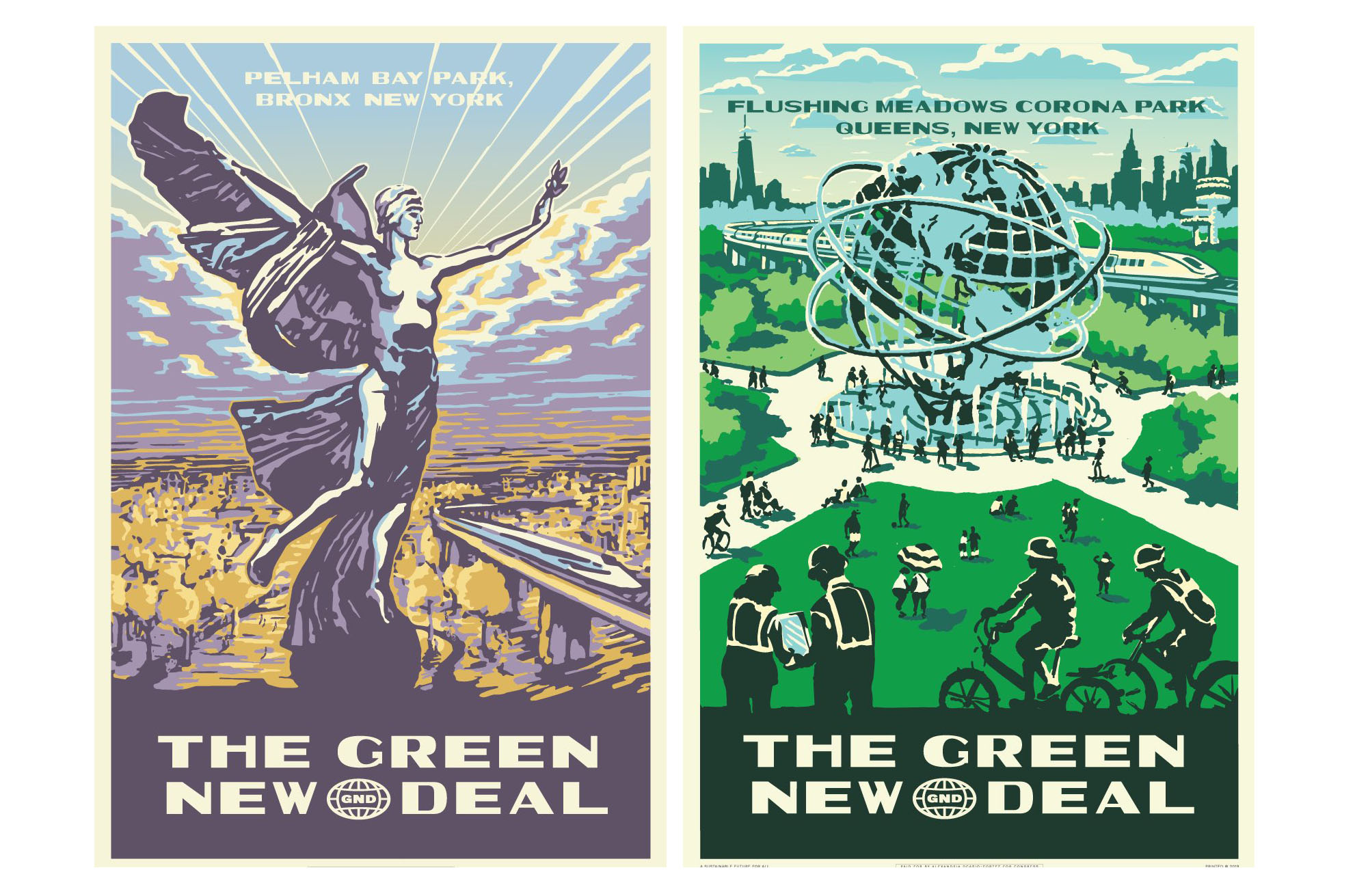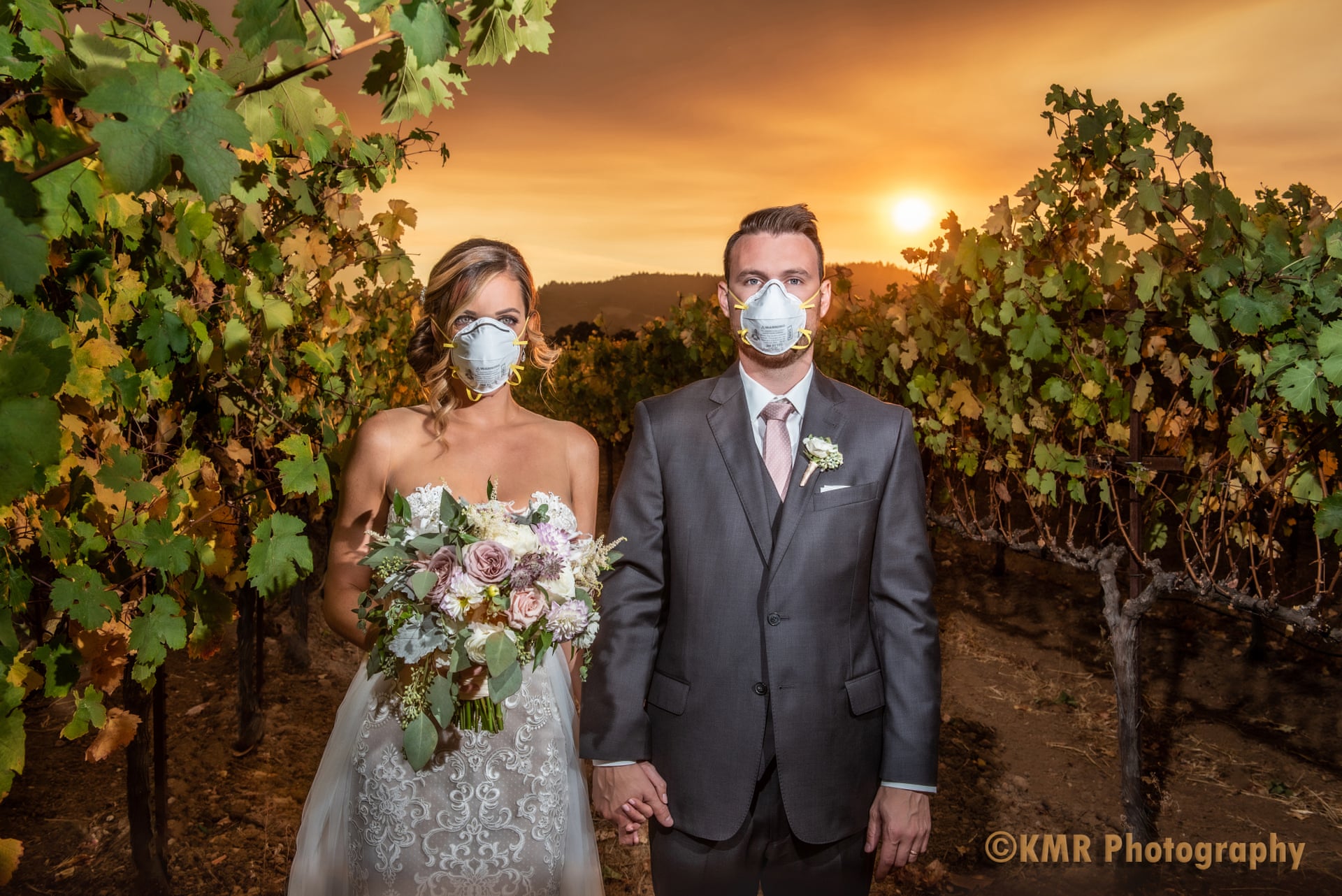Notes
Climate Crisis: Are the Animals Mad at Us?

There has been some healthy discussion lately about what makes an effective climate change photo. One school of thought is that pictures that feature humans and the local effects of the crisis are more relatable. Because photography is so dynamic, though, it’s not that simple.
For example, how much do you think this is just another wildlife photo?
Here’s the Instagram caption:
To see what it’s like living in one of the hottest cities on earth, TIME’s Aryn Baker and photographer Matthieu Paley traveled to Jacobabad, Pakistan, where in June it reached a scorching 51.1°C (124°F). In this photograph, animals in the city of 1 million relax in the water during extreme heat conditions.
Of course, there is nothing special about water buffalo in water…until you know that the temperature is through the roof. So you would think the most significant element in the photo, besides those animals, is the water?
I would argue this picture is, in fact, a clever mash-up. In other words, I think it’s a portrait in the guise of a nature photo. If you look up the word “portrait,” it almost always refers to humans. Addressing the photo portrait specifically, Wikipedia describes it as: “…[A] photograph of a person or group of people that captures the personality of the subject by using effective lighting, backdrops, and poses.”
So, now we’re talking about poses and personality?
Yes, we are.
Given the temperature, it’s hard not to process this, at least unconsciously, as a “demand photo.” That is a picture in which, yes, people look intently at the camera as if to demand something of the viewer. That said, I’m perfectly willing to admit this picture intimidates me. I feel like I’m getting the evil eye from six very hot and pissed off bovids.
But back to the criteria. What makes this picture as effective as fellow humans facing practical hardship in their own backyard?
It’s those human-like expressions playing on our emotions. As if these animals 8,000 miles away in that stifling heat are staring, even glaring at us–especially the bony one–and demanding us to do something.
– Michael Shaw
⠀
Photo: Matthieu Paley for TIME. Print Caption: Animals spend much of their day in the water during extreme heat conditions.


Reactions
Comments Powered by Disqus